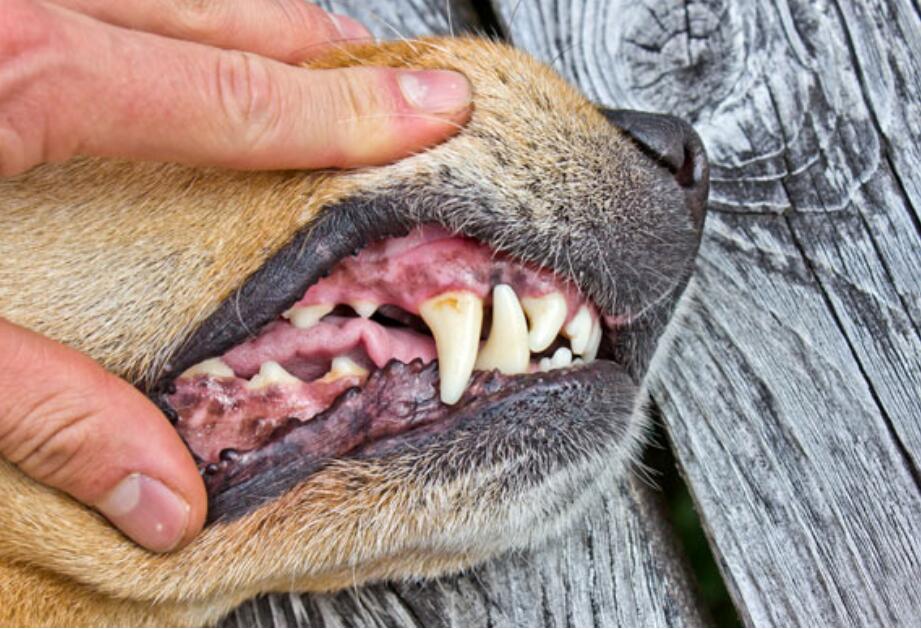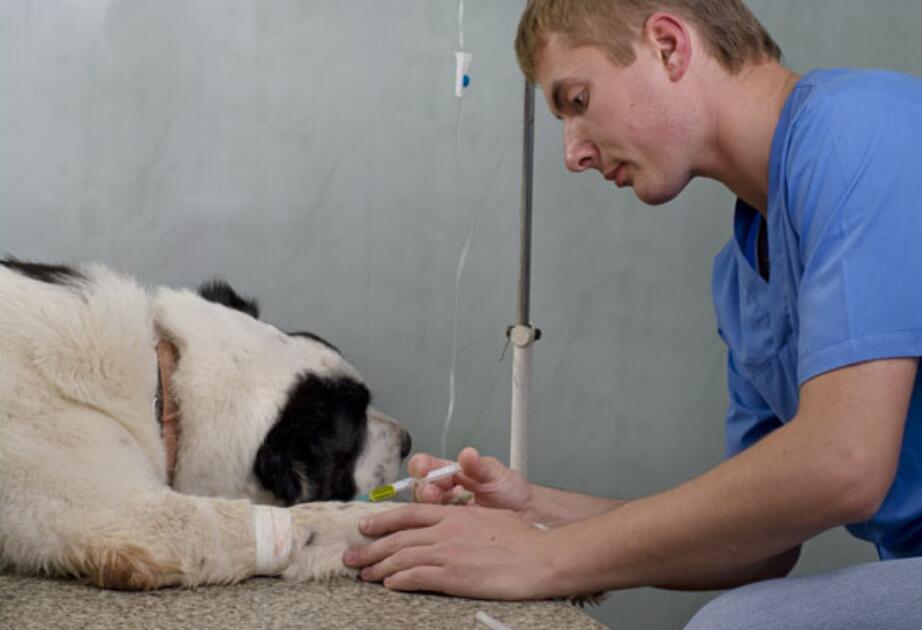 As your dog ages, be aware of changes in their behavior and mood. These may be signs of a physical problem. Like humans, as dogs age, their ability to resist disease decreases. Even the most loving and attentive owners can ignore these signs and assume that a dog’s deviation from normal sleep or eating habits is simply a matter of age. If you have any doubts, it is always best to be careful and contact your veterinarian.To help you, here is a list of some common health problems in older dogs.
As your dog ages, be aware of changes in their behavior and mood. These may be signs of a physical problem. Like humans, as dogs age, their ability to resist disease decreases. Even the most loving and attentive owners can ignore these signs and assume that a dog’s deviation from normal sleep or eating habits is simply a matter of age. If you have any doubts, it is always best to be careful and contact your veterinarian.To help you, here is a list of some common health problems in older dogs. 1. Arthritis
1. Arthritis
The cartilage between the joints acts as a cushion to protect the bones from damage. When cartilage is damaged, the joints become inflamed. Arthritis is an inflammation of one or more joints. It can cause swelling, stiffness and pain. Symptoms may include lameness or gait changes, reluctance to move, aversion to stairs, difficulty standing or walking, and pain when picking up. The dog may lick or chew on the painful joint and show irritability or aggression. There are treatments available including medications, diet changes and exercise. 2. Gum disease
2. Gum disease
Gingivitis (inflammation of the gums) usually precedes periodontitis (gum disease). Gums become inflamed when oral bacteria become plaque on the teeth. Saliva hardens the plaque and produces tartar. The bacteria that grow plaque and tartar can spread below the gum line and cause the teeth to swell. If left untreated, gingivitis can progress to periodontitis, where the gums detach from the teeth. This creates pockets that can become infected and lead to bone loss. Symptoms are bleeding gums or pressure, redness and swelling. Gum disease can spread the infection to the bloodstream and cause serious damage to organs. 3. Diabetes
3. Diabetes
Diabetes is caused by poor production and function of insulin, a hormone secreted by the pancreas. Insulin works by helping to transfer glucose from the blood to the body’s cells, where it is then used as energy. Diabetes is most common in dogs as young as 8 or 9 years old. Diabetes may be hereditary and is more common in females. Dogs that are particularly susceptible to diabetes include Samoyeds, Cairn Terriers, Pugs, Toy Poodles and Miniature Schnauzers. Symptoms of diabetes include frequent thirst, increased urination, weight loss, fatigue, irritability, recurrent infections, blurred vision, and slow healing of wounds or bruises. 4. Blindness
4. Blindness
Despite the pain, blindness will not completely change your older dog’s daily life. Some dogs will lose their sight over time, and it is best to lose your eyes when they first start to go blind, so you can start teaching your dog to rely more on his sense of hearing and other senses of smell and touch. Vision loss is part of the normal aging process in canines. One of the early signs is cataracts. Cataracts make the eyes appear to be covered by a white coating. Other signs of vision loss include bumping into things, falling, dilated pupils and red or inflamed eyes. 5. Kidney disease
5. Kidney disease
The kidneys remove waste products and maintain homeostasis in the body. When the kidneys lose their executive function, waste products and toxins build up in the body and wreak havoc. This poisoning of the system is called kidney failure. Many things can cause the kidneys to stop working. It could be a kidney stone that blocks the urinary tract, or a ruptured bladder, or normal aging of the kidneys. Symptoms of kidney stones in dogs include drinking more water, urinating more often, and having accidents in the house. You may see apathy, loss of appetite, weight loss, vomiting, and discoloration of the tongue, and the dog may develop an ammonia odor on his breath. 6. Cancer
6. Cancer
Cancer is becoming more common in dogs as they age and is the leading cause of death in older dogs. Blood tests rarely detect cancer in its early stages, so it is important to note if your dog has any lumps or bumps on his body, changes in weight, slow healing wounds, bleeding from the mouth, nose or ears. You may also see drooling, coughing, excessive panting, difficulty eating and extreme fatigue. Other things to look for are diarrhea, constipation, or blood and mucus in the stool. If caught early, successful cancer treatment is more likely. 7. Dementia
7. Dementia
Dementia or canine cognitive dysfunction syndrome (CDS) is a disease that causes memory loss, personality changes, disorganized thinking and disorientation. Alzheimer’s disease in humans is almost identical to CD. One similarity is that there is no known cause; another is the presence of large amounts of nerve-damaging proteins in the brain that turn waxy and create plaques. Symptoms include forgetting familiar toys, burglary techniques and owners. Older dogs with CD may even forget their tricks, forget their names, and spend long hours staring blankly at the sky. Pacing and other repetitive compulsive behaviors are also common, such as walking in circles.

